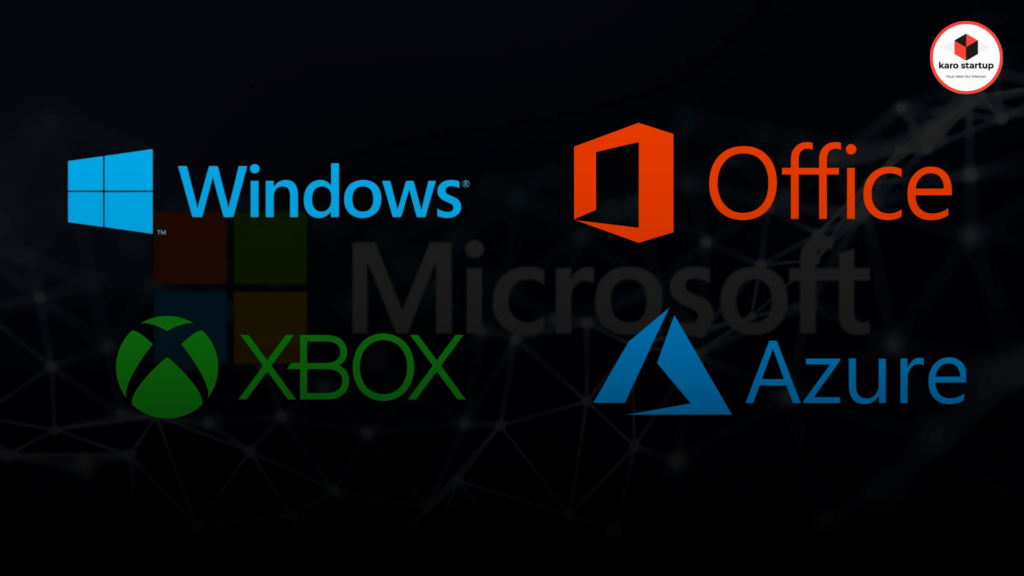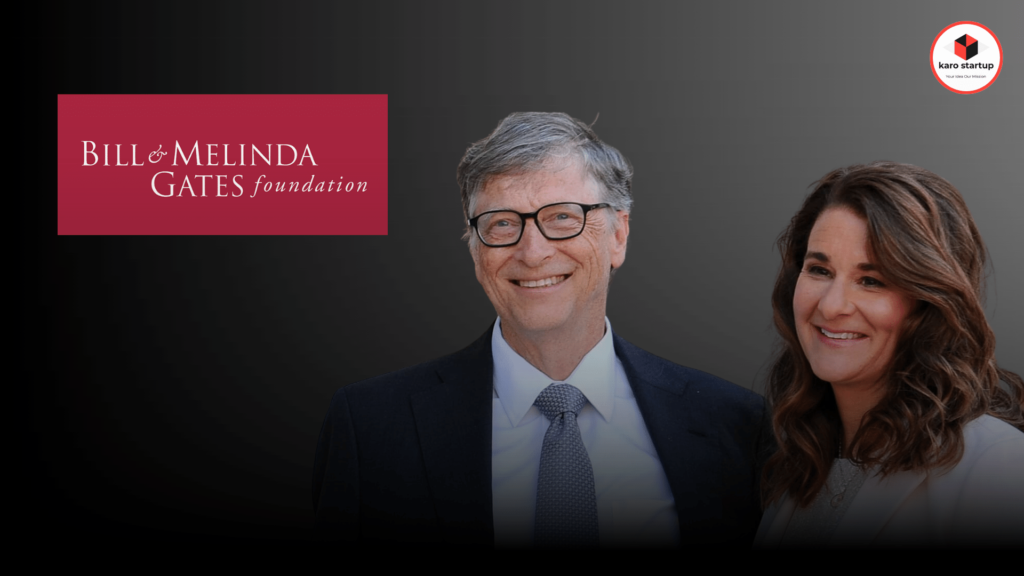In the world of technology, Microsoft stands tall as a true success story. Founded in 1975 by Bill Gates and Paul Allen, the company has gone from a small start-up to one of the largest and most influential technology corporations in the world.
Microsoft’s journey to success is a tale of innovation, perseverance, and a commitment to making technology accessible to all. In this article, we will explore the key factors that have contributed to Remarkable Microsoft success, from its early days to the present.
Microsoft Vision and Innovation
Microsoft’s success story begins with a clear vision and a commitment to innovation. Bill Gates, a young and ambitious entrepreneur, saw the potential of personal computing at a time when computers were bulky, expensive, and confined to research labs.
He envisioned a future where computers would be an integral part of everyday life. This vision drove Microsoft to develop software that would make personal computing accessible and user-friendly.
One of the company’s early milestones was the development of MS-DOS, the operating system for IBM’s first personal computer. This paved the way for Microsoft to become a dominant player in the software industry.
The innovation didn’t stop there, as Microsoft continued to release groundbreaking products such as Windows, which provided a graphical user interface that made computers easier to use for the average person.
Microsoft Success Strategic Partnerships
Microsoft’s ability to forge strategic partnerships played a crucial role in its success. One of the most pivotal partnerships was with IBM in the early 1980s. Microsoft provided the operating system for IBM’s PC, which helped establish its dominance in the software market.
- This partnership also allowed Microsoft to license its software to other computer manufacturers, creating a vast ecosystem of Windows-based computers.
- Additionally, Microsoft formed partnerships with software developers, encouraging them to create applications for the Windows platform.
- This strategy made Windows an attractive choice for consumers and businesses, as it offered a wide range of software options, further cementing Microsoft’s position in the industry.
Microsoft Focus on User Experience
- User experience has been a central focus for Microsoft. The company has consistently aimed to create products that are user-friendly and intuitive. This approach has contributed to the widespread adoption of Microsoft’s software and operating systems.
- Microsoft’s commitment to improving the user experience is evident in its constant development and refinement of products.
- For example, with each new iteration of Windows, Microsoft sought to enhance the interface, add new features, and fix issues reported by users. This commitment to user satisfaction has kept customers loyal and coming back for more.
Microsoft’s Diverse Product Portfolio
Microsoft’s success extends beyond just operating systems. The company has diversified its product portfolio to include a wide range of software and hardware offerings. Some of its most notable products and services include:

- Microsoft Office: A suite of productivity tools that includes Word, Excel, and PowerPoint.
- Azure: A cloud computing platform that provides infrastructure and services to businesses.
- Xbox: A popular gaming console and gaming services.
- Surface: A line of hardware products, including laptops and tablets.
This diversification has allowed Microsoft to tap into various markets, making it less dependent on a single product or service. It has also positioned the company to adapt to changing industry trends and consumer demands.
Adaptation and Transformation
The technology industry is known for its rapid evolution, and Microsoft has demonstrated its ability to adapt and transform over the years. In the early 2000s, the company faced increased competition from Apple and Google, particularly in the mobile space. Microsoft’s response was to develop the Windows Phone, but it faced challenges in gaining market share.
Despite setbacks in certain areas, Microsoft didn’t give up. It shifted its focus to other growth areas, such as cloud computing, and introduced Microsoft Azure, which has since become a major player in the cloud services market. The ability to adapt to changing market dynamics and embrace new technologies has been a key factor in Microsoft’s continued success.
Philanthropy and Social Responsibility

Microsoft’s success story is not just about profits and market dominance. The company has also shown a commitment to philanthropy and social responsibility. The Bill and Melinda Gates Foundation, established by Bill and Melinda Gates, has played a significant role in addressing global health, education, and poverty issues.
The foundation’s work has had a positive impact on millions of lives around the world. Microsoft’s dedication to giving back to society showcases a broader perspective on success that goes beyond financial gains.
Some Related Posts:
Wrapping Up
Microsoft’s journey to success is a testament to the power of vision, innovation, strategic partnerships, a focus on user experience, diversification, adaptation, and social responsibility. From its humble beginnings in a garage to its current status as one of the world’s most influential technology companies, Microsoft has left an indelible mark on the tech industry.
The company’s ability to evolve and thrive in an ever-changing landscape has solidified its position as a true success story. As technology continues to shape our world, Microsoft’s role in shaping that future is undeniable, and its story is one of inspiration for aspiring entrepreneurs and innovators worldwide.
Frequently Asked Questions(FAQs)
Q1. How and when was Microsoft founded?
Microsoft was founded in 1975 by Bill Gates and Paul Allen. They started the company in Albuquerque, New Mexico, with the vision of making personal computing accessible to everyone.
Q2. What were the early products developed by Microsoft?
One of Microsoft’s early products was MS-DOS, the operating system for IBM’s first personal computer. They also developed programming languages like BASIC for early personal computers.
Q3. How did Microsoft become a dominant player in the software industry?
Microsoft’s partnership with IBM in the early 1980s was a significant turning point. They provided the operating system for IBM’s PC, which helped establish their dominance in the software market. This partnership allowed Microsoft to license its software to other computer manufacturers as well.
Q4. What is the significance of Windows in Microsoft’s success?
Windows, first released in 1985, was a groundbreaking product. It provided a user-friendly graphical interface, making computers more accessible to the average person. Windows became the foundation of Microsoft’s success and a dominant operating system for personal computers.
Q5. How has Microsoft diversified its product portfolio?
Microsoft has diversified by offering a wide range of products and services, including Microsoft Office (Word, Excel, PowerPoint), Azure (cloud computing platform), Xbox (gaming), and Surface (hardware products like laptops and tablets).




